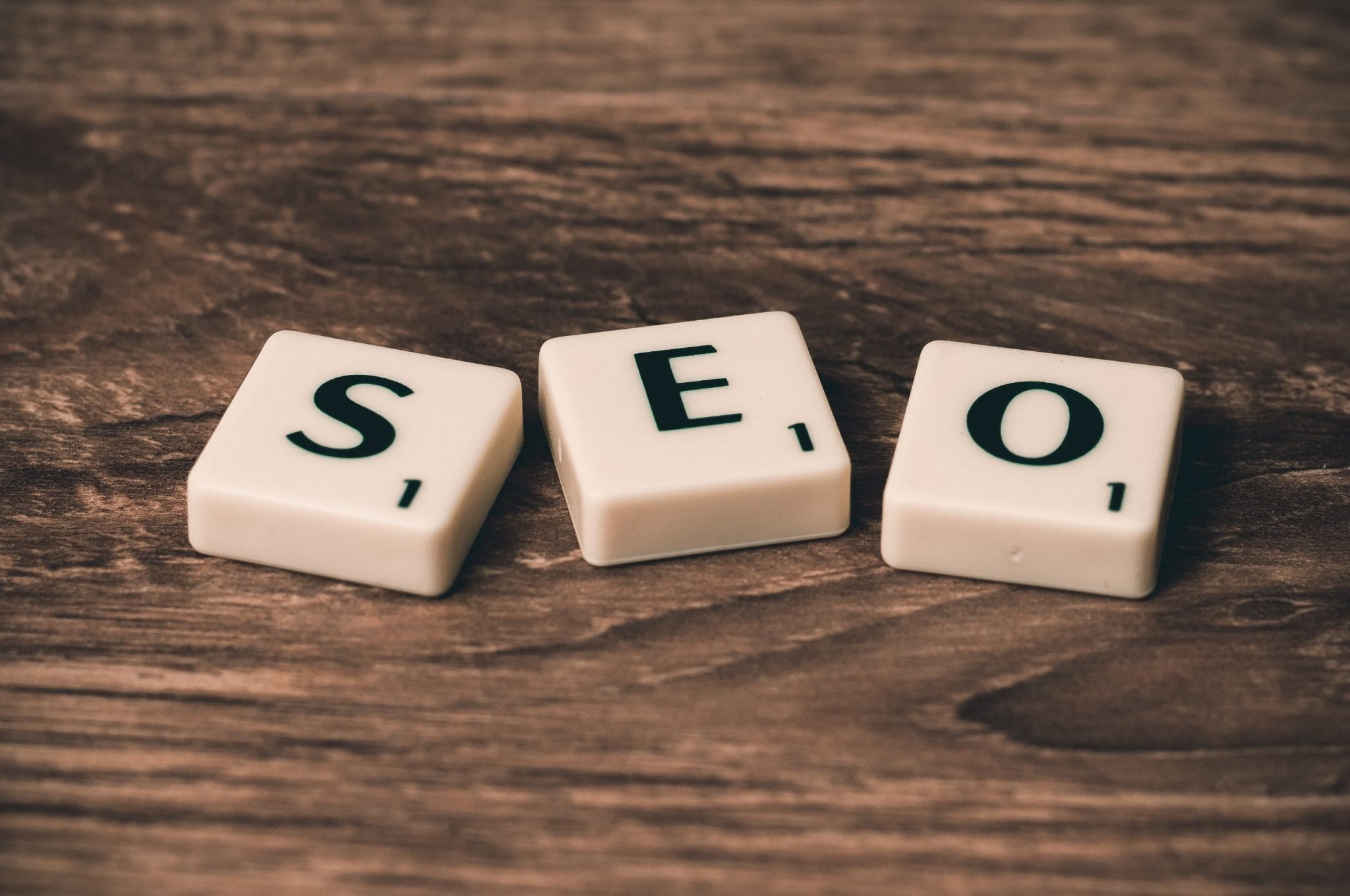Web Accessibility and SEO
How SEO can Improve Accessibility for people who are Vision-Impaired, Neurodivergent or have other Web Accessibility Issues
by Nathan Locke
In 2022, we spend most of our lives online. Whether it be for business or pleasure, being online allows us to work, communicate and learn better than ever before. For the younger generations, it can be hard to imagine life without the internet, and trips to the library and shared home phones are almost a thing of the past.
But for some, the online world can feel inaccessible. Both physical and mental health issues can make scrolling Google or browsing social media far more difficult or even impossible. When building or developing your website, you should always consider web accessibility. ItÂ’s not just permanent disabilities that affect accessibility: losing your glasses or having a broken arm makes browsing online difficult.
“When building or developing your website, you should always consider web accessibility.”
For someone with disabilities, browsing online is becoming easier, with more apps and plug ins being developed and released every year. In the UK there will soon be a requirement for all businesses to implement and work with BSL (British Sign Language), as it is becoming an official language this year.
However, there is still a lot a business can do to help with web accessibility. In this blog I will outline methods that will allow more people to access your websites, and how they can aid your success in the Google rankings.
What is Web Accessibility?
Put simply, web accessibility (also known as digital accessibility) is the act of ensuring that a website is easy to access for everyone, and that the content included is well-structured and easy to read. Poor accessibility doesnÂ’t just affect people with learning disabilities, even being short or long-sighted can make some websites frustrating to read or access. For someone with arthritis or other mobility issues, too much scrolling becomes painful as well as irritating.
If you run a business, you want as many people as possible to access your website and see what you have to offer. Without a good understanding of web accessibility, you may be losing out on hundreds or even thousands of potential clients and customers. If you were unable to read the text on a page, youÂ’d have no choice but to look elsewhere, regardless of personal preference.
How do you Improve Web Accessibility?
Most people with vision impairment or neurodivergence will use web plugins or apps to read pages aloud, convert speech into text or apply filters to the screen. This is known as Assistive Technology (AT). Alongside these solutions, there is still plenty a business can (and should) consider when designing their website to help make it easier to read and access.
There isnÂ’t much a business can do to ensure AT systems work on their site short of trying a range of them yourself, which can be costly and time-consuming when building a new site. However, there are a few decisions that will help these systems be as effective as possible.

The fundamentals of SEO can be a huge help with web accessibility
SEO
Optimising your website for Google will also help with web accessibility. One of the main fundamentals of SEO is how each page is structured. Clear titles are essential for AT systems that read pages aloud. If the system canÂ’t differ between the title and the content, the reader may miss valuable information, or may even miss what the page is about. Also make sure you have the correct anchor and ALT text throughout each page, including captions for relevant images.
An SEO-optimised website will have good readability both on web and on mobile/tablet. Due to the smaller size of a mobile screen, the page structure will be affected – tiny text and cropped images can easily turn away any customer. People over retirement age can often only access the internet on their phones and are the most likely to have issues regarding sight and motor ability.
Colour
Consider your colour scheme choices carefully, as some colour combinations are difficult for those with dyslexia to read. For instance, the classic black text on a white background can be one of the hardest to read for someone with dyslexia, but just changing the hue slightly can make it easy. An easy fix that means you can keep your businessÂ’ colour scheme the same while becoming more accessible.
Colour blindness is also very common and restricts the ability to perceive certain colour combinations. Thankfully this is a widely recorded issue with simple guides on which colour schemes work and which should be avoided. There are even sites that show you what your websiteÂ’s scheme would look like to people with different levels of colour blindness.
Content
Always ensure that your web designers and copywriters make the site and content accessible and mobile-friendly. Keep the content optimised and not too technical if you can avoid it, this is useful for readers of any ability. Large paragraphs of text should always be avoided, regardless of how easy the words are to read. Use text blocks instead, with related images to provide context.
There is a new type of Assistive Technology known as Bionic Reading that is improving web accessibility for Neurodivergent readers. These systems embolden the start of words, making them easier to follow if a person has issues focusing on large quantities of text. The systems can also alter the size and font of text, but this is currently limited by what the system can edit. It should become more common in the next few years, with a wider range of systems available to assist with different neurological disorders and difficulties.
What Conditions Affect Web Accessibility?
Browsing the web can be affected by a wide range of disabilities/ability restrictions. Here is a list of the most common:
- Impaired vision
- Motor difficulty
- Dyslexia
- Neurodivergence
- Impaired hearing
- Cognitive Impairments
- Temporary illness or injury
In the UK, 1 in 5 people have issues with web accessibility.
The Future of Web Accessibility
Over the last decade, browsing the web and social media has become easier for everyone, and no one is excluded with the right help from Assistive Technology. For business owners, only small changes and considerations are needed to bring in the customers that may have been forced to turn away before.
Having an SEO-optimised website also helps with web accessibility, as the fundamentals of SEO are designed to aid readability and comprehension. Just another reason that good SEO is essential for any growing business.




